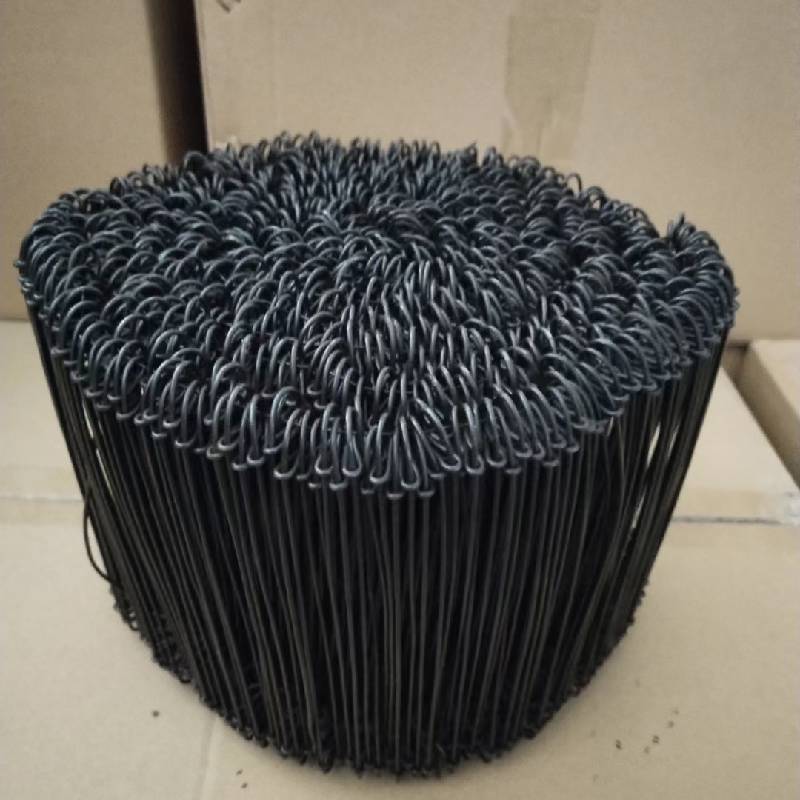
- Mobile Phone
- +8613931874955
- sales@cntcmetal.com
Understanding the Applications and Benefits of Welded Wire Mesh in Various Industries
What is Welded Wire Mesh?
Welded wire mesh is a versatile and durable material made up of perpendicular wires that are welded together at intersections. This fabrication provides a strong and flexible structure that has a broad range of applications in various industries. The manufacturing process involves taking high-quality steel wires, arranging them in a grid pattern, and welding them at each intersection using advanced techniques. This results in a robust mesh product that can withstand significant tension and pressure.
Composition and Types
Typically, welded wire mesh is manufactured from low-carbon steel, stainless steel, or galvanized steel, depending on the desired application and environmental conditions. The wire diameter, mesh size, and spacing can vary according to the requirements of specific projects. The most common configurations include square and rectangular meshes, which allow for efficient coverage and support.
Welded wire mesh comes in different forms, such as rolls or sheets, and its surface can be treated to enhance durability. Galvanization, which involves coating with zinc, is a common treatment that helps resist corrosion, making it suitable for outdoor applications. Additionally, plastic-coated welded wire mesh is available for enhanced aesthetics and protection against harsh environmental factors.
Applications
The versatility of welded wire mesh allows it to be used in numerous applications across multiple sectors. In construction, it is commonly used for reinforcing concrete and as a key element in the fabrication of precast concrete products. Its strength and stability help to prevent cracking and provide structural integrity, making it a vital component in foundations, walls, and floors.
what is welded wire mesh

In agriculture, welded wire mesh serves as fencing material for livestock enclosures and crop protection. It is effective in keeping animals in while preventing pests from entering secured areas. The durability and adaptability of welded wire mesh make it ideal for keeping agricultural products safe from environmental and animal threats.
In addition to construction and agriculture, welded wire mesh is widely used in the manufacturing industry. It is employed in producing storage cages, security fencing, and machine guards. Its rigidity and resistance to wear and tear make it suitable for applications requiring a high level of safety and security.
Benefits
One of the primary advantages of welded wire mesh is its strength. The welding process creates a uniform structure, which ensures that the mesh distribution is even. This uniformity contributes to the overall stability and longevity of the product. Furthermore, welded wire mesh can be easily customized to meet specific dimensional and structural requirements, making it a practical choice for varied projects.
Another significant benefit is its economical nature. Given its durability, welded wire mesh requires minimal maintenance and replacement, leading to cost savings over time. It is also relatively lightweight, making it easier to handle and install compared to other reinforcement methods.
Conclusion
In conclusion, welded wire mesh is a crucial construction material that offers a blend of strength, durability, and versatility. Its applications span various industries, showcasing its importance in reinforcing structures, safeguarding agriculture, and enhancing industrial safety. As technology evolves and new materials are developed, the demand for high-quality welded wire mesh remains strong, ensuring that it will continue to play an essential role in construction and manufacturing for years to come. Whether for residential, commercial, or agricultural use, welded wire mesh remains a dependable choice for those seeking reliable performance and longevity in their projects.
share:
-
Yard Sign Stakes: Reliable Guardians of Outdoor SignsNewsAug.04,2025
-
Wall Ties: Invisible Guardians of Building StabilityNewsAug.04,2025
-
Resilient Web: The Super Guardian Power of Concrete MeshNewsAug.04,2025
-
Masonry Accessories: A versatile assistant on building foundationsNewsAug.04,2025
-
Iron Binding Wire: the 'invisible reinforcement specialist' in the fields of architecture and industryNewsAug.04,2025
-
Dynamic Spring: The diverse functions and excellent performance of Wire Tension SpringNewsAug.04,2025
-
Your Source for Concrete Wall Ties and Masonry AccessoriesNewsJul.10,2025



















